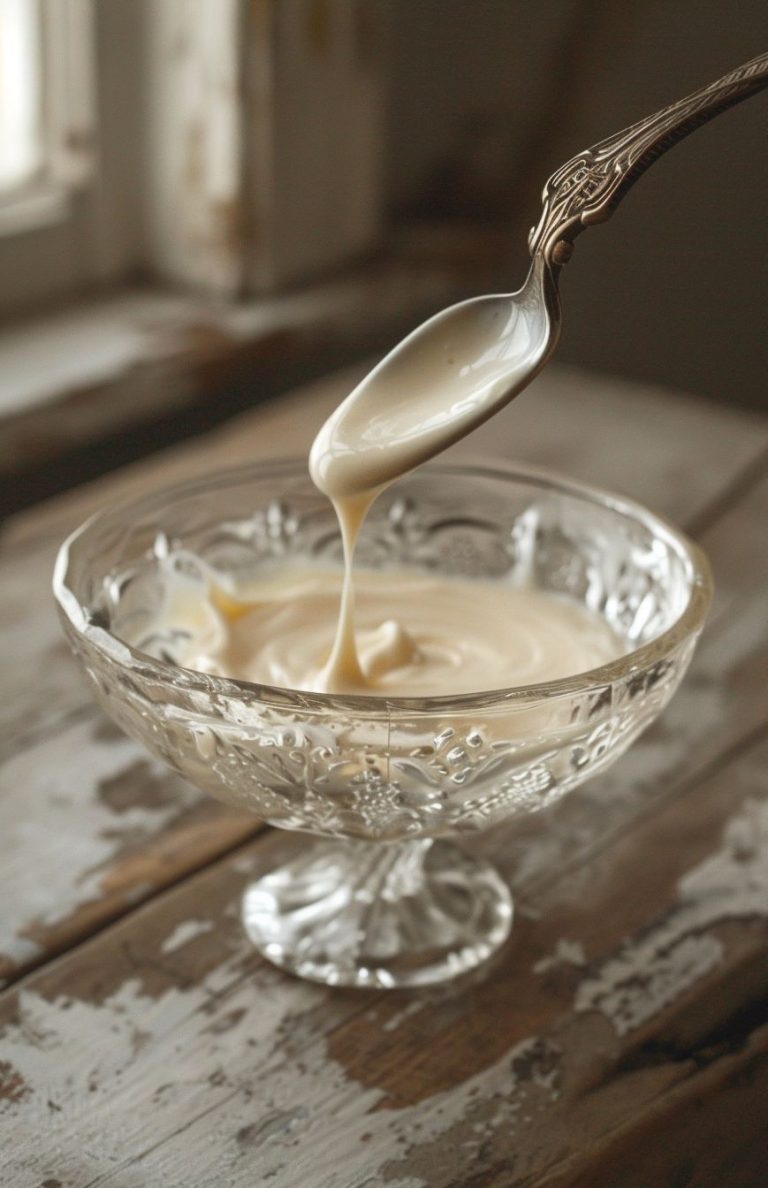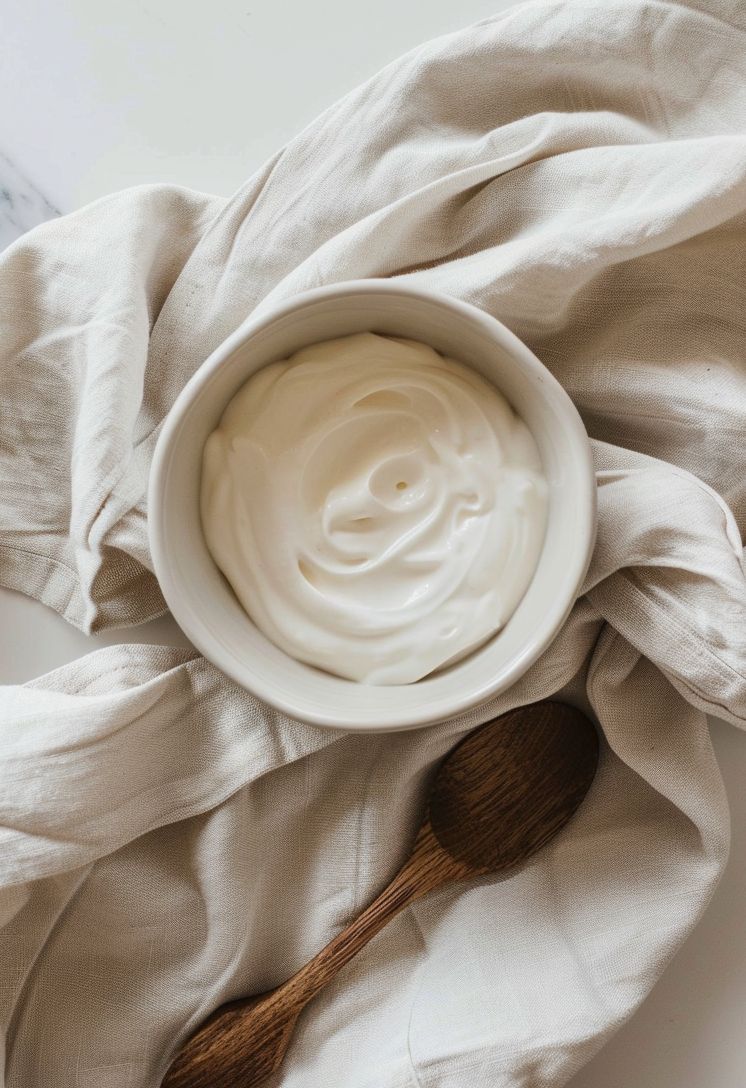Crème Fraîche vs. Sour Cream
We may earn a commission through all links on this website. As an Amazon Associate, we earn from qualifying purchases.Crème fraîche and sour cream are both creamy, cultured dairy products, but they have distinct differences in flavor, texture, and culinary applications. Understanding these differences can help you choose the right ingredients for your cooking.
Fat Content
Crème fraîche typically has a higher fat content, approximately 30% to 40%. This gives it a rich and velvety texture. Sour cream usually contains about 18% to 20% fat, making it lighter in texture and less rich than crème fraîche.
Flavor
Crème fraîche has a mild and slightly tangy flavor with a hint of nuttiness, which is subtler than the pronounced tang of sour cream. Sour cream has a more pronounced tangy flavor, which can be more dominant in dishes.
Heat Stability
Due to its higher fat content, crème fraîche is less prone to curdling when exposed to heat, making it suitable for cooking and simmering in sauces. The lower fat content means sour cream can curdle more easily when heated, making it less suitable for cooking over high heat.
Culinary Uses
Crème fraîche is incredibly versatile, used in both savory and sweet dishes in French cuisine. Its delicate flavor complements a wide array of ingredients. Sour cream is often used as a topping or garnish, especially in American and Eastern European cuisines. It can also be incorporated into dips, dressings, and baked goods.
Availability
In some countries, particularly outside Europe, crème fraîche may be considered a specialty item and could be less readily available than sour cream. Sour cream is widely available in the United States, and is a more accessible alternative to crème fraîche.




